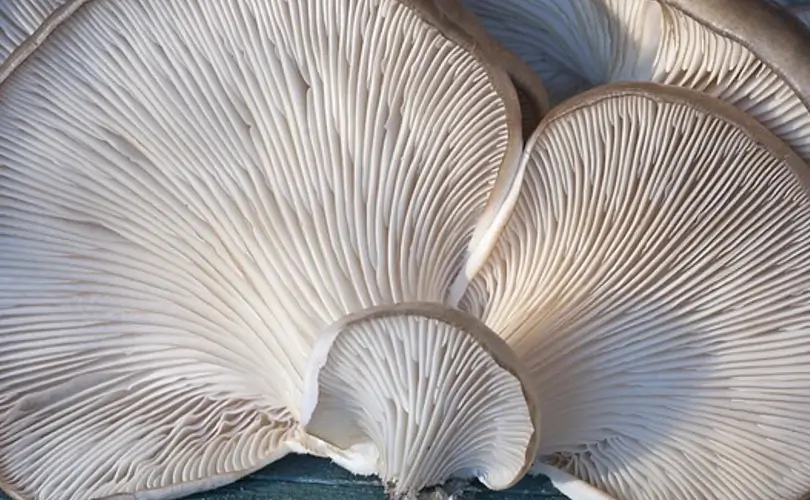You are likely looking at a saprophytic mushroom if you observe a mushroom growing on top of another mushroom. These mushrooms are safe to eat and could benefit the environment if they spread their spores.
The process through which mushrooms can grow on other mushrooms is called saprophytism. Organisms that feed on decomposing or decaying substances are known as saprophytes. When it comes to mushrooms, the substance that has died or is decomposing is the mycelium of another mushroom.
The vegetative portion of a fungus is known as the mycelium, and it is composed of a network of hyphae that are similar to threads. After a mushroom has passed away, its mycelium will start the process of decaying. This process of breakdown produces nutrients that may be used by other fungus, which can subsequently develop on top of the mycelium that has died.
There is a diverse collection of organisms known as saprophytes, some of which include protists, fungi, and bacteria. Fungi are the most frequent form of saprophyte, and they play a significant part in the breakdown of organic matter, including that which comes from plants and animals. Bacteria are an essential type of saprophyte that contributes to the breakdown of organic and inorganic substances. This process is known as decomposition. The species known as protists is home to various creatures, including several saprophytes.
Because they aid in the decomposition and recycling of organic matter, the ecosystem greatly benefits from the presence of saprophytes. When they break down organic debris, they return nutrients to the soil or water where they were initially found. Other creatures, such as plants and animals, can use these nutrients once they have been extracted. Additionally, saprophytes contribute to the decomposition of environmental contaminants and poisons.
These are some examples of common saprophytic mushrooms:
The Coprinus comatus mushroom, sometimes referred to as the shaggy mane mushroom, is a common saprophytic fungus that may be found growing in lawns and gardens.
The oyster mushroom, or Pleurotus ostreatus, is a saprophytic fungus that grows on wood. It is also known as the hen of the woods.
The Lentinula edodes mushroom, often called the shiitake, is a saprophytic fungus that grows on dead hardwood trees.
The morel mushroom, scientifically referred to as Morchella esculenta, is a kind of saprophytic fungus that germinates in the early spring.
Mushrooms that live in symbiosis with their host are not parasitic. These spores do not in any way harm the live mushroom that they are growing on. They can contribute to the mushroom’s decomposition and the return of its nutrients to the ground.
“Saprophytes” refers to organisms that obtain nourishment from decomposing or dead organic debris. They belong to the group of organisms known as heterotrophs, which indicates that they are incapable of producing their sustenance. Saprophytes are ubiquitous in the natural world and contribute significantly to the breakdown of organic materials through the processes in which they participate.
